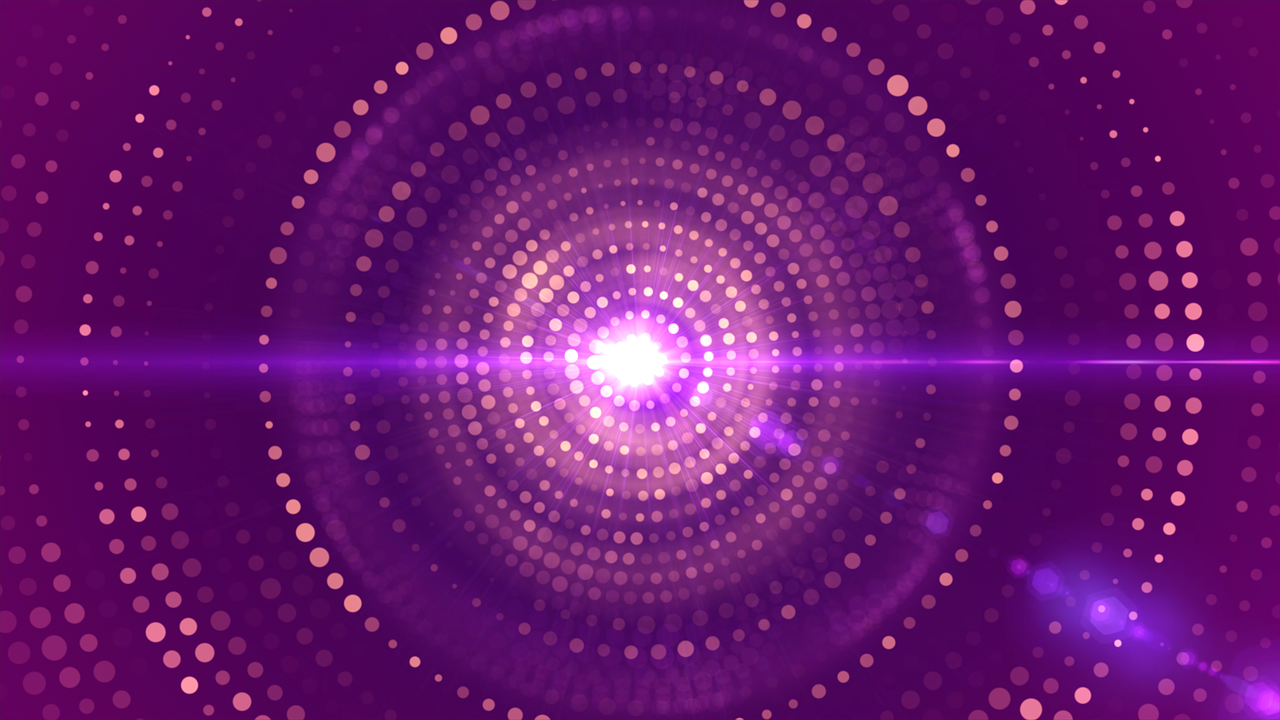The world spreading coronavirus has brought people’s attention to infection prevention with masks and disinfecting products in short supply. UV lights with disinfecting function also become popular.
Conventional UV lights with mercury lamps have been in hot sale for disinfection with the outbreak of coronavirus, leading to shortage in materials such as quartz glass and lamp frame. UV LED, as another UV light source, also become a market focus as people are getting more aware of the infection.
UV LED technology developers seize the opportunity to push their UV LED products and increase investment to accelerate development in UV LEDs in order to improve specification of UV LEDs so that they will be able to replace mercury lamps sooner.

(Image: Pixabay)
Currently, UV mercury lamps still outpace UV LEDs in optical power. More UV LEDs are needed to reach the same optical power of mercury lamps which will lead to cost increase. However, compared to UV mercury lamps, lifetime of UV LEDs is ten times longer, achieving 20000 hours. UV LEDs can also operate faster without preheat. The compact size also enable flexible design-in product applications. Moreover, UV LEDs are much safer and environmental friendly with higher efficiency and mercury-free.
The Minamata Convention on Mercury passed in 2013 has become effective in 2017 which prohibited the manufacture, import and export of several mercury contained products by 2020. The convention also pushes technology providers to accelerate development in UV LED. It is believed that UV LED will become a mainstream UV light source in the long run.
LED companies have continued development in UV LED and achieved certain technology breakthroughs to gradually reduce the cost. As the coronavirus epidemic continues, the surging demands in disinfecting products made UVC LED a focal point in the market.
Most of the UV LED production capacity locates in Japan, Korea and the United State and some in Taiwan. Part of the supply come from Xiamen and Changzhou in China. Since production in China is still limited due to the coronavirus outbreak, companies in other countries might see increased orders for UVC LED products.












